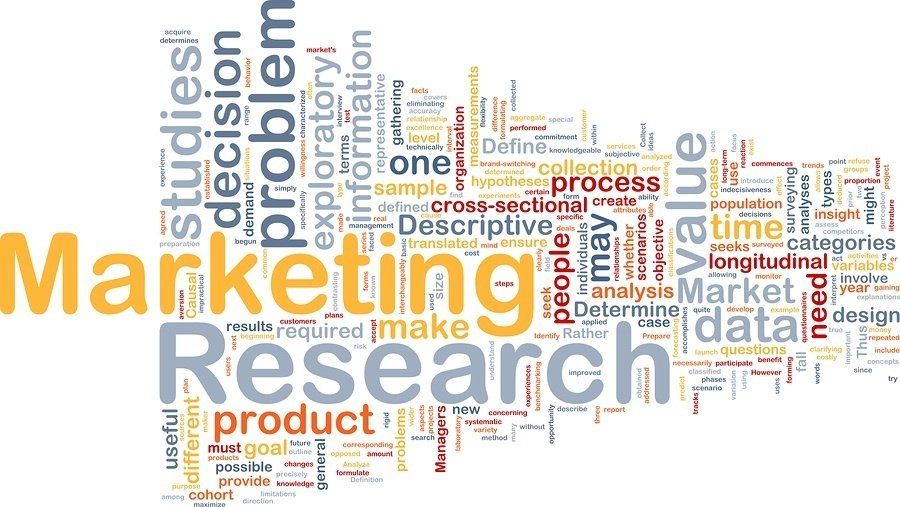New Survey Shows That Online Marketing Strategies For Small Business Is Effective
Here’s a fact about online marketing that’s actually shocking.
The 2014 annual SMB Internet Marketing Survey by (BrightLocal) is out, and it includes a number of surprising findings.
Most notable is this: 75% of small & medium-Sized Businesses (SMBs) say online marketing is effective.
Attracting Customers to Their Business
When you dig into the study’s findings, 32% find internet marketing to be ‘very effective’ at attracting new customers. 75% believe that internet marketing is ‘effective’ or ‘very’ effective at attracting new customers. 4% don’t do any internet marketing
Most Effective Tactics For Generating New Leads & Customers
8% find word of mouth to be the most effective channel at attracting new customers. 20% find SEO to be the most effective channel at attracting new customers. 51% say online channels are the most effective at attracting new customers.
SMB Success Metrics
31% – Phone calls are the most valued success metric. 20% – Both website traffic & Search Engine rankings.
Different types of businesses will be concerned with different KPIs as success metrics. An Ecommerce business for example, will be more concerned with online metrics, whilst a local retailer might be more concerned with customers walking through the door.
For the majority of SMBs, the amount of phone calls to a business is considered the most important metric. A call is considered a more solid lead because the customer has taken the time to track down a phone number and make a call. There is more friction in taking this action than in searching-clicking-completing an online form. So if a customer is prepared to take this step then they are more committed to using that business. And it gives the business owner / manager / sales guy the chance to provide more information and close the deal.
Top 6 Stats from SMB Internet Marketing Survey 2014
- 37% of SMBs plan to spend more on internet marketing in 2015
- 32% say internet marketing is ‘very effective’ at attracting customers
- 50% of SMBs spend less than $300/month on internet marketing
- 31% – Phone calls are the most valued success metric
- 64% of SMBs surveyed handle their internet marketing in-house
- 35% of SMBs are contacted every day by SEO agencies
The study gives you a better understanding of the attitudes & usage of internet & mobile marketing by small & medium sized businesses (SMBs).





